There’s history quite literally as far as the eye can see in Stirling, with both the castle and the Wallace Monument watching over the city.
But, as wonderful as they are to visit, there’s far more to Stirling’s rich heritage than the world-famous landmarks.
Here are nine lesser-known historical artefacts and memorials tucked away around the city with fascinating tales attached.
Even if you’re a local, you might walk past some of these spots regularly without realising their significance.
1) The Pathfoot Stone
Located on University of Stirling’s lush, green campus, the Pathfoot Stone is all that’s left of the village of Pathfoot, which no longer exists.
A cattle market was once held around the stone, which was at the centre of the village.
The standing stone has taken damage over its many years, but has been repaired and placed back in its original spot.
Address: Hermitage Road, Causewayhead, Stirling, FK9 4LH
2) Railway station post box
Stirling has had a railway station since 1848, but the current striking building was constructed more than a century ago, between 1912 and 1915.
Interestingly, the station’s Royal Mail post box is actually older than the building itself.
The post box carries the royal cypher of King Edward VII, whose reign ended in May 1910, years before construction began on Stirling’s station.
Local tour guide Colin Sinclair‘s theory is that a batch of King Edward VII pillar boxes simply needed to be used up before production started on King George V’s post boxes.
Address: Goosecroft Road, Stirling, FK8 1PF
3) Cyclists’ Touring Club plaque
Stand outside Chester’s Coffee House on King Street, and look up.
Attached to the wall above the shopfront, you’ll spot an eye-catching circular plaque, painted blue and gold – somewhere between a compass and a clock face.
In fact, it’s a ‘winged wheel’ – the emblem of the Cyclists’ Touring Club, which was once used to show travelling cyclists where they were welcome to stay.
Address: 3-5 King Street, Stirling, FK8 2LD
4) City wall bastion under the Thistles
Believe it or not, a well-preserved 16th-century part of Stirling’s city wall is completely hidden under the modern Thistles shopping centre.
The bastion, where guards protecting the city would have once kept watch, is located in the mall’s loading bay.
Unfortunately, members of the public can’t usually see the exterior of the bastion in person for safety reasons, but we recently paid it a visit if you’d like a sneak peek.
And anyone can go inside the bastion, which is accessed through the Thistles centre itself.
Address: Goosecroft Road, Stirling, FK8 2EA
5) Barnwell brothers memorial
The Wright brothers weren’t the only set of siblings who made aviation history.
Harold and Frank Barnwell grew up in Balfron and started building aircraft together as young men.
Their easily-missed Causewayhead memorial, a metal monoplane, honours the pair’s achievement of piloting Scotland’s first flight of more than a mile, in 1911.
Sadly, both brothers were later killed while piloting planes – Harold in 1917, and Frank in 1938.
Address: Causewayhead Roundabout, Stirling, FK9 5JJ
6) World’s oldest football
Generally speaking, footballs haven’t stood the test of time – particularly ones made using pig bladders during the 16th century.
Nonetheless, one just like that was preserved after becoming stuck in the rafters of Stirling Castle. It was only found in 1981, during construction work.
So, as surprising as it might sound, the world’s oldest football (thought to date back to the 1540s) can now be visited at The Stirling Smith Art Gallery and Museum.
Address: 40 Albert Place, Stirling, FK8 2RQ
7) Friars Street mottos
Make your way up the charming Friars Street, and you might spot two inspiring mottos to live by: “honor principle” and “do yer duty”.
Carved into stone panels, these phrases were chosen by architect John Allan, who died in 1922, but whose legacy lives on through his many unique and quirky Stirling designs.
The panels are part of Allan’s building on Friars Street, which is a beautiful, red-brick affair with balconies, built in 1902.
But his love of incorporating cryptic symbols and phrases into his work means these curious details often steal the show.
Address: 29-31 Friars Street, Stirling, FK8 1HA
8) Wooden bomb
They aren’t ancient in their own right, having only been carved in 2015, but the many wooden sculptures on the Stirling Wood Carvings Heritage Trail each represent a significant part of local history.
You might not even notice the wooden bomb targeting a football, nestled amongst greenery on Back Walk. It’s a nod to the unfortunate demise of Forthbank Park stadium, which was destroyed by a German bomb in July 1940.
Devastatingly, King’s Park FC then lost its place in the league, putting Stirling out of the beautiful game until Stirling Albion was formed in 1945.
Address: The Back Walk, Stirling
9) Former ferryman’s cottage
Before a footbridge was built across to Cambuskenneth in 1935, a ferry carried passengers over the River Forth.
Though now a private residence, the former ferryman’s cottage, where the man employed to transport locals lived, can still be seen just past the banks of the river.
It’s clear the historic dwelling hasn’t changed too much over the years. Walking past, it’s easy to imagine the ferrymen who once stayed in the cottage.
Address: 2 South Street, Cambuskenneth, FK9 5NL
For more Stirling news and features visit our page or join us on Facebook
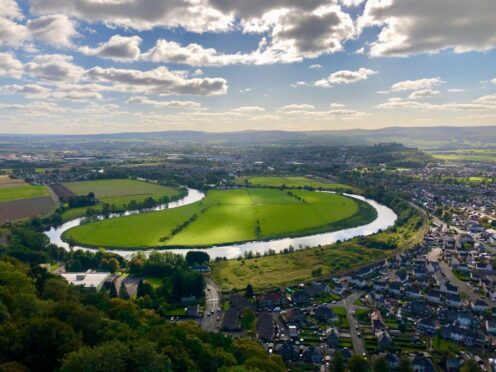
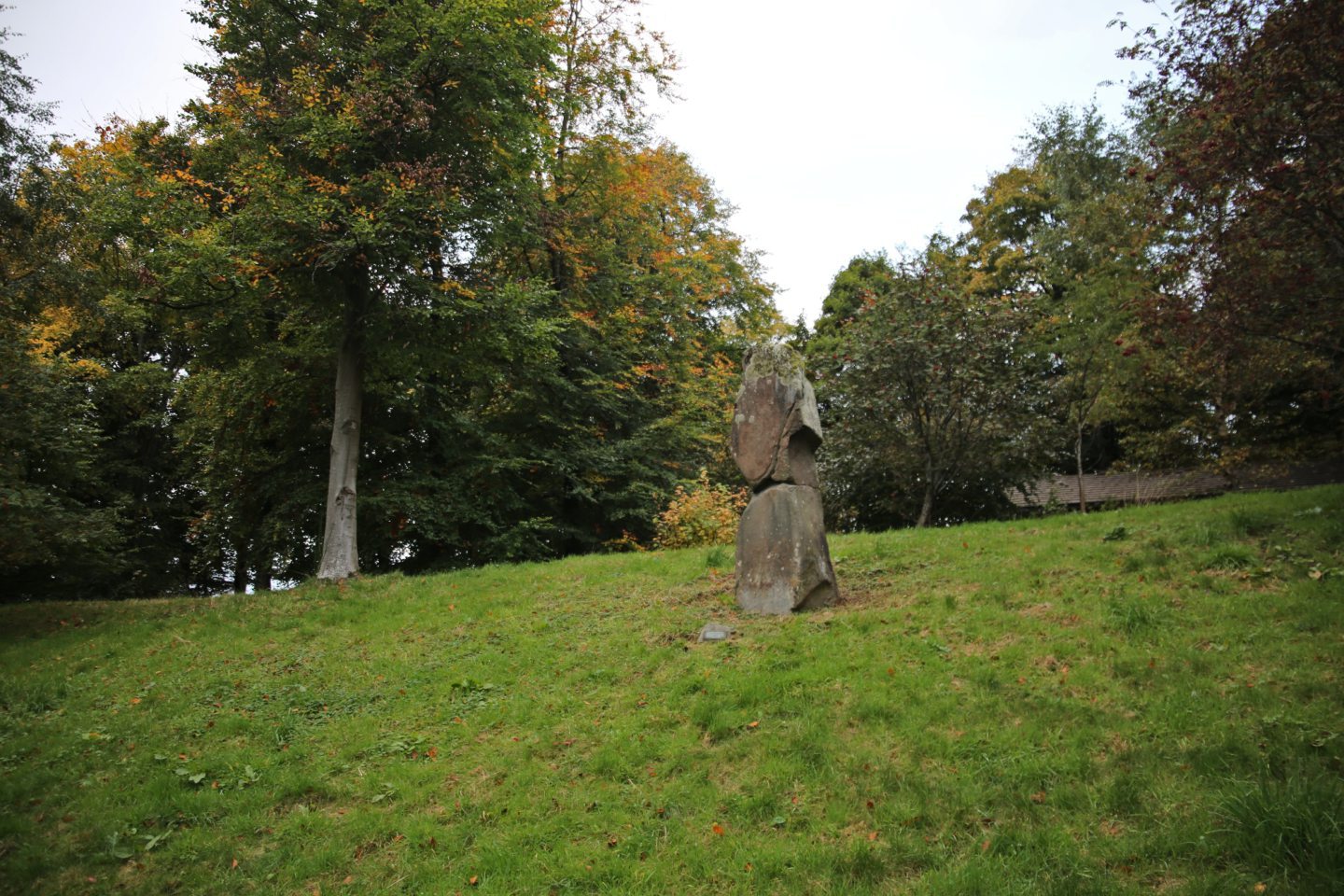
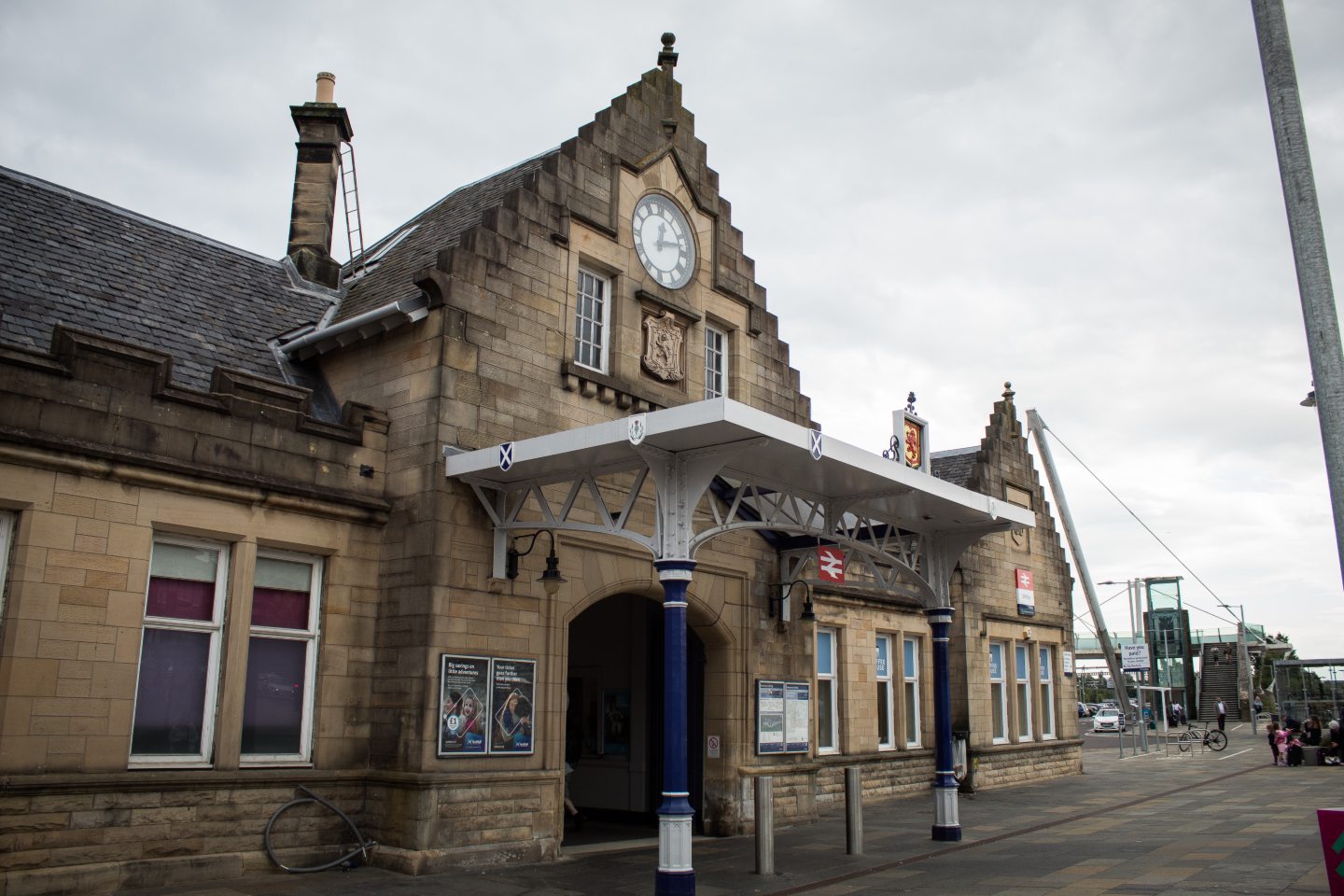
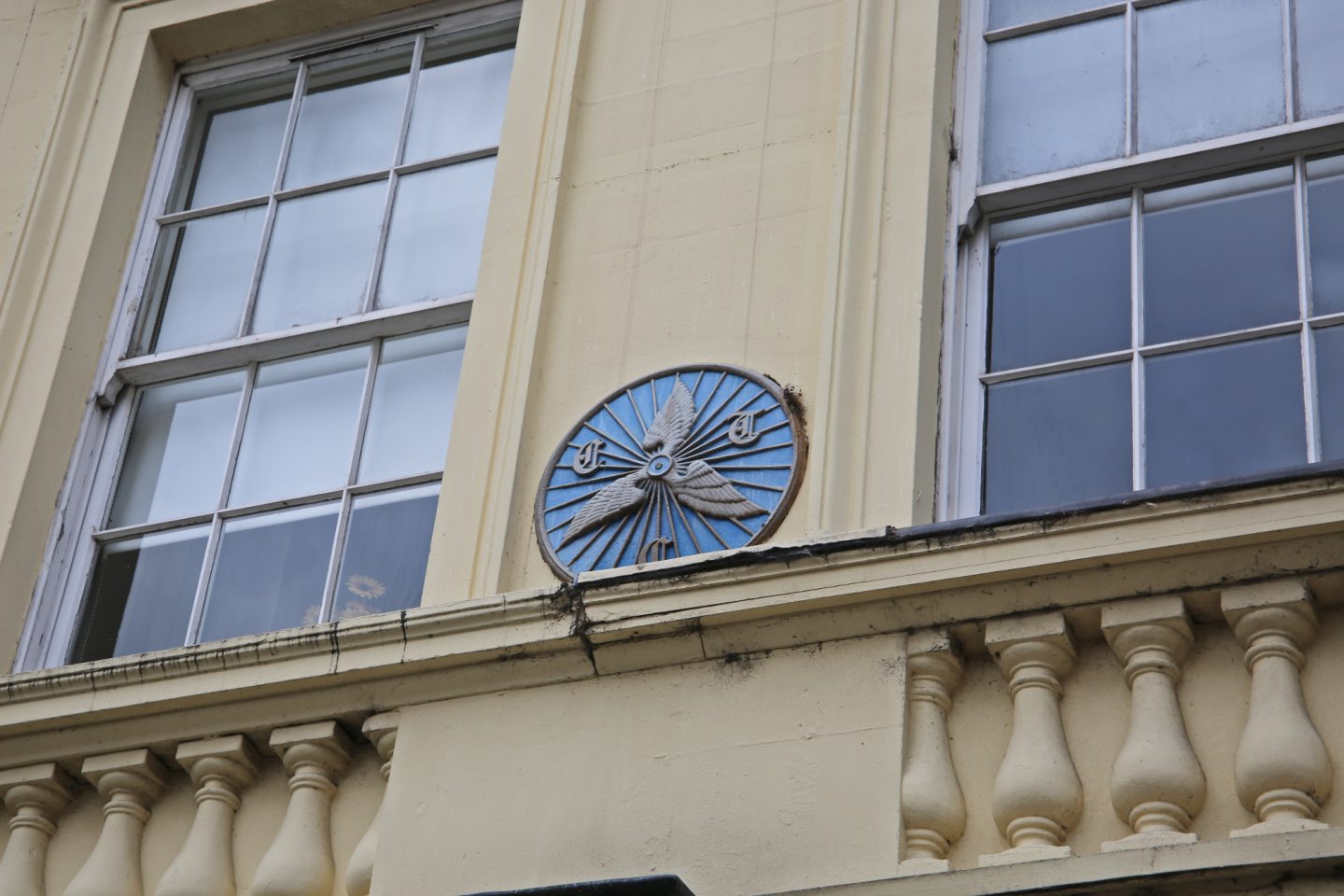
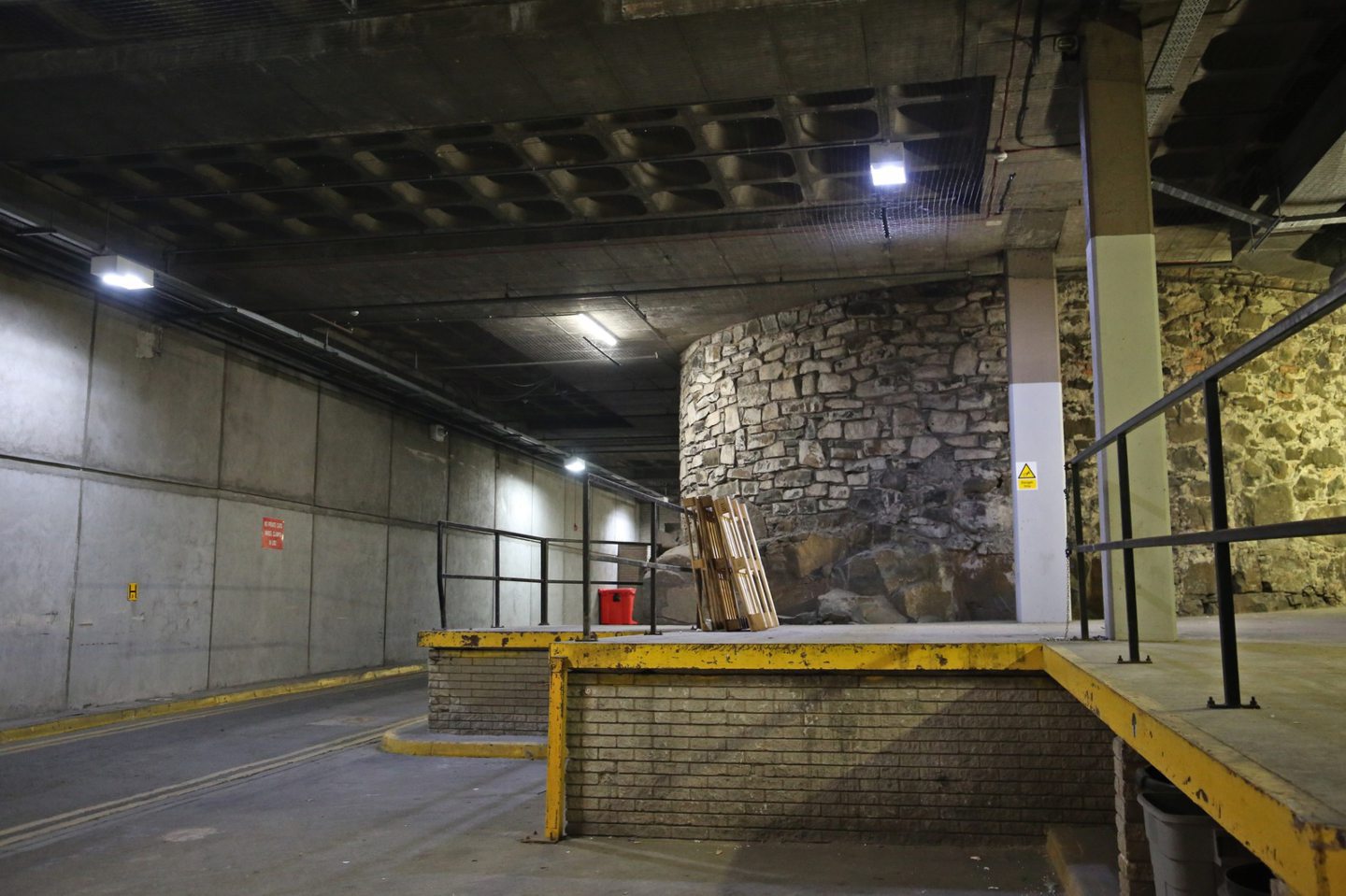
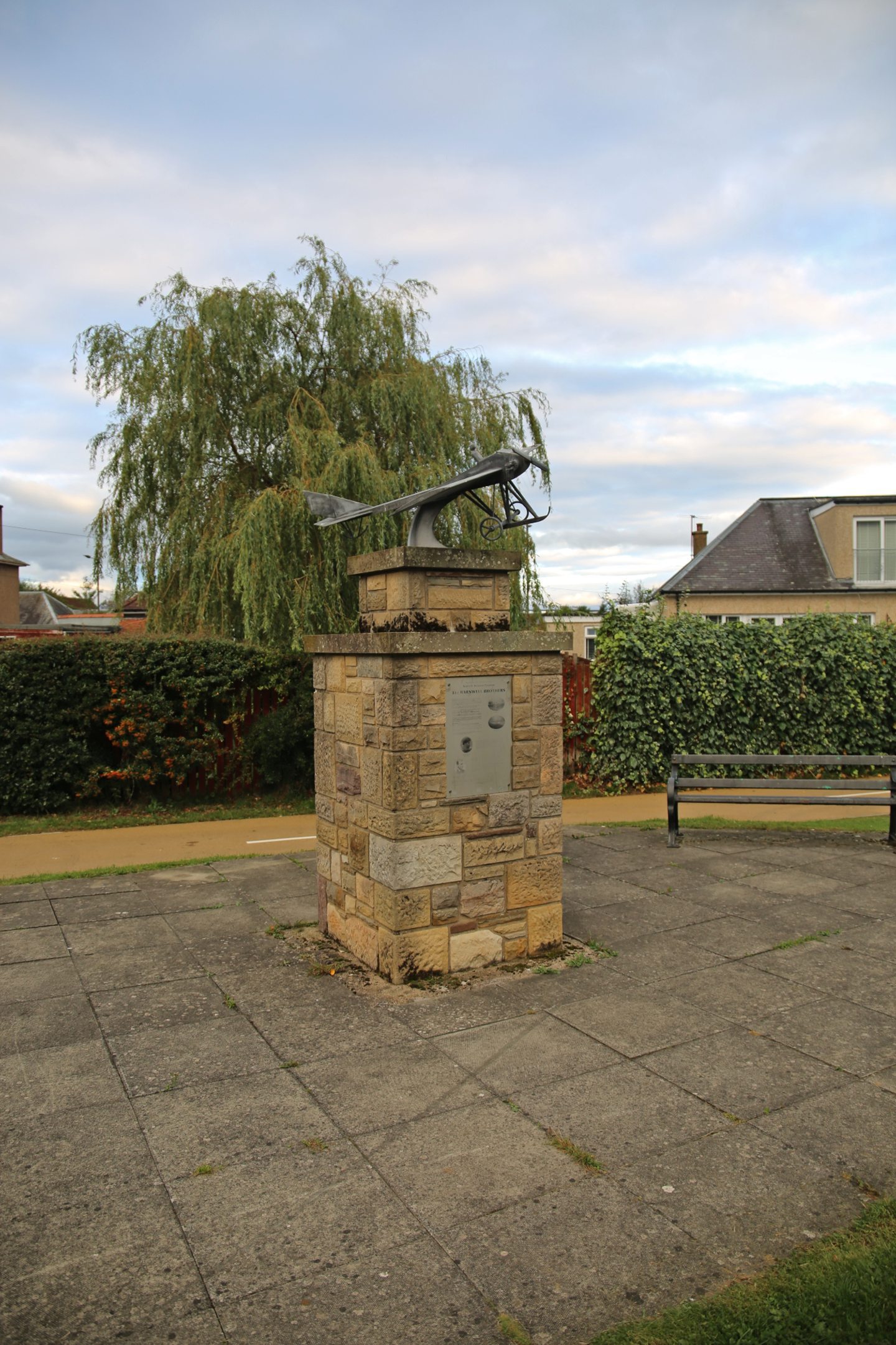
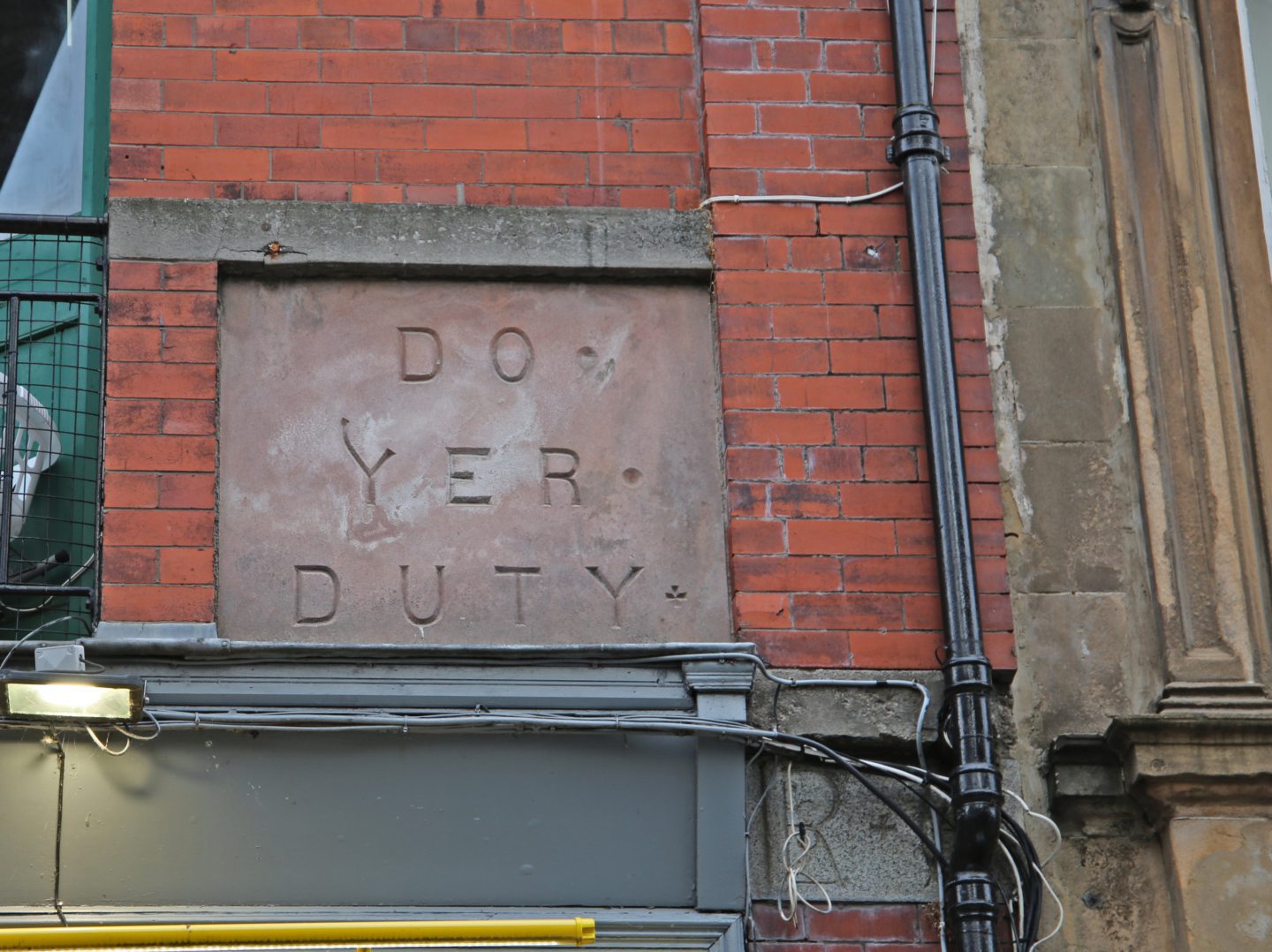
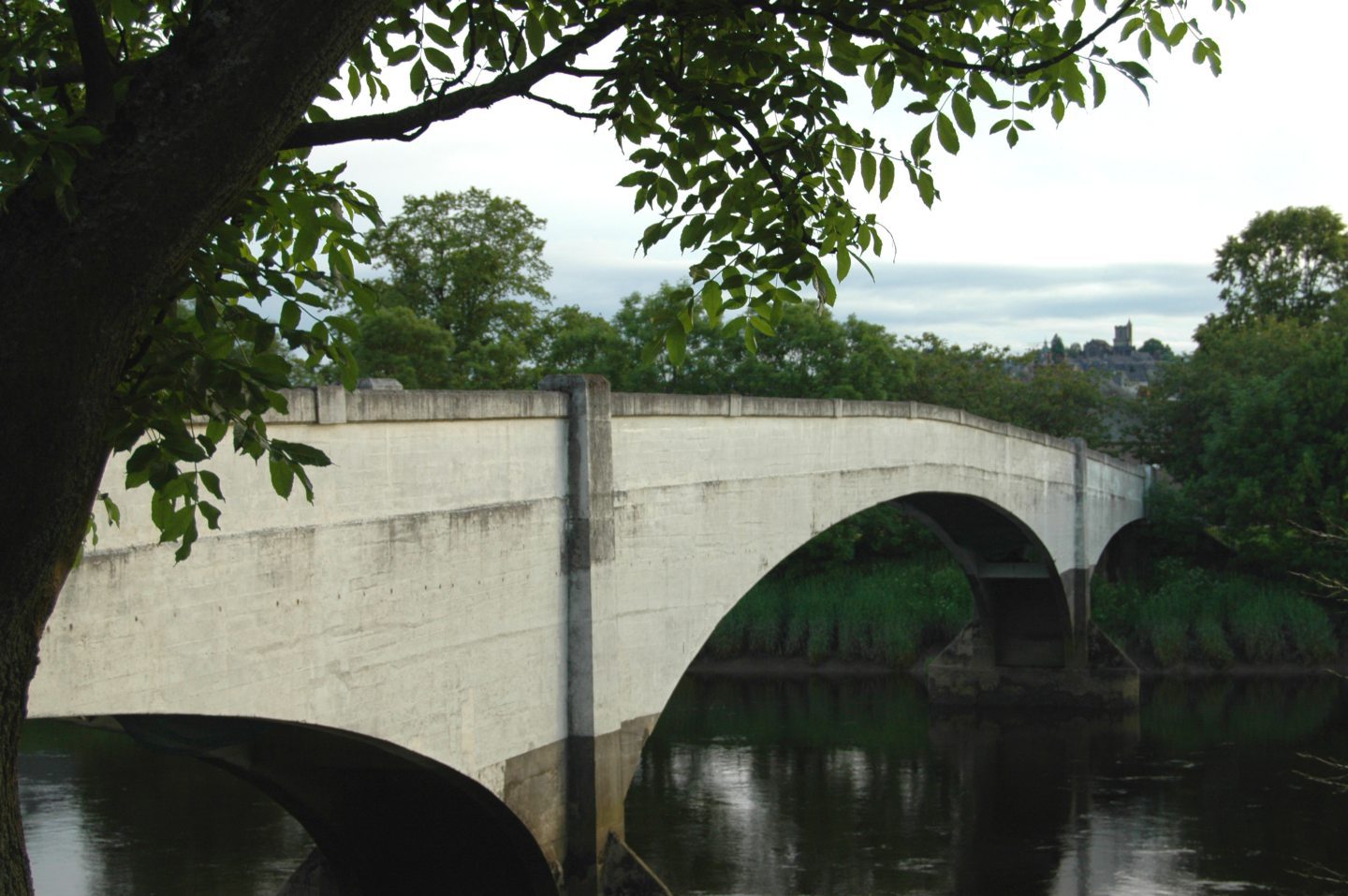

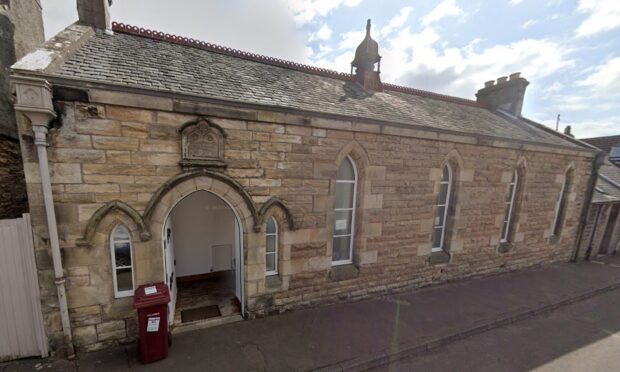
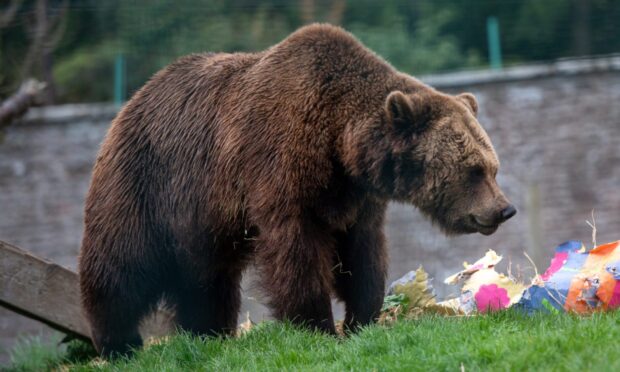
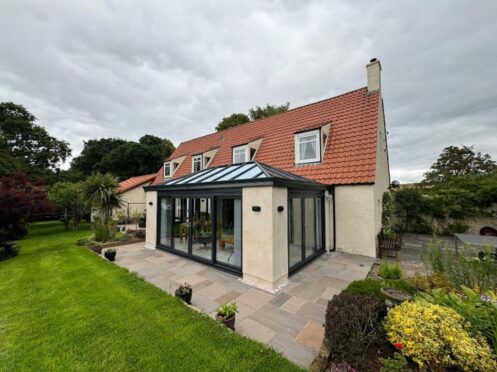
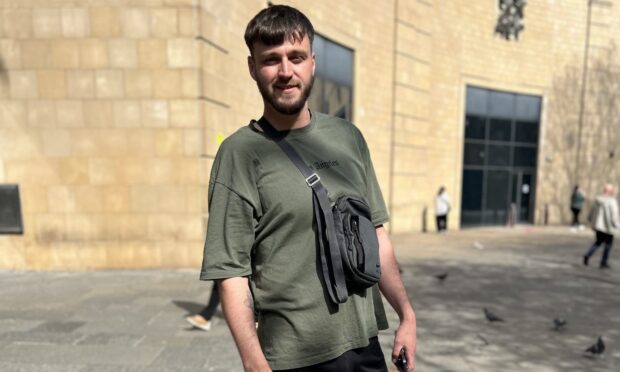
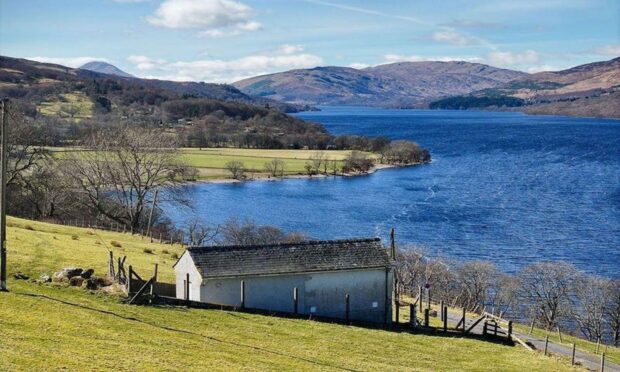
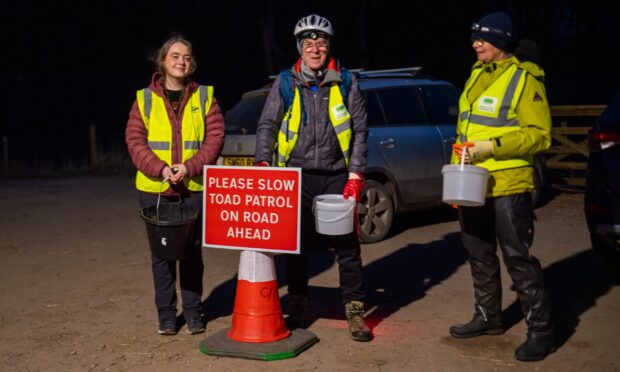
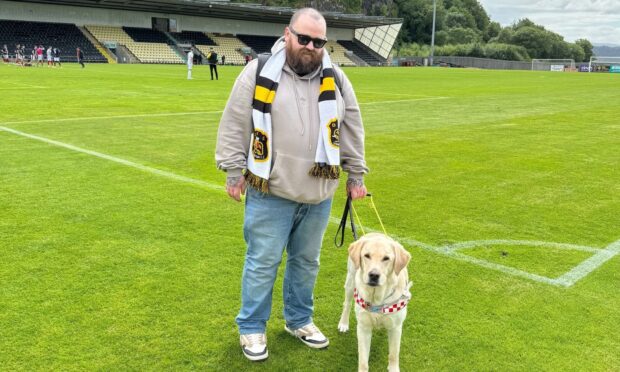
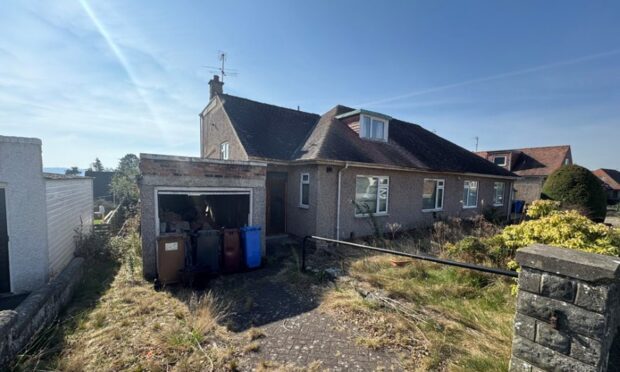

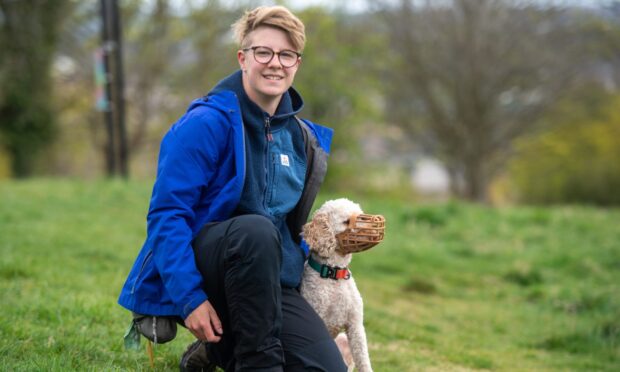
Conversation